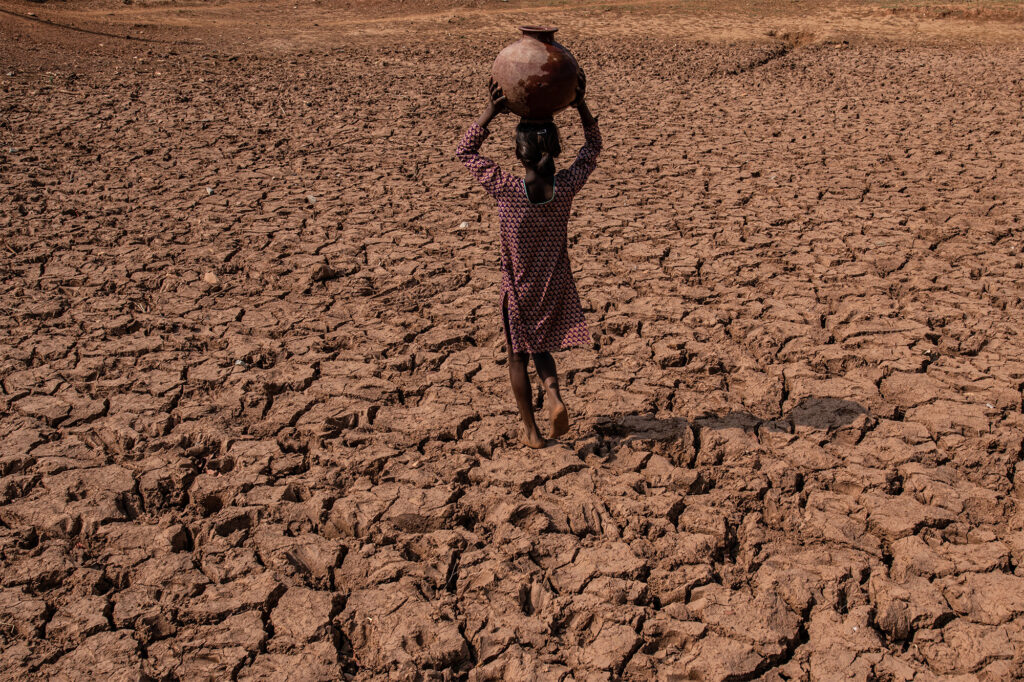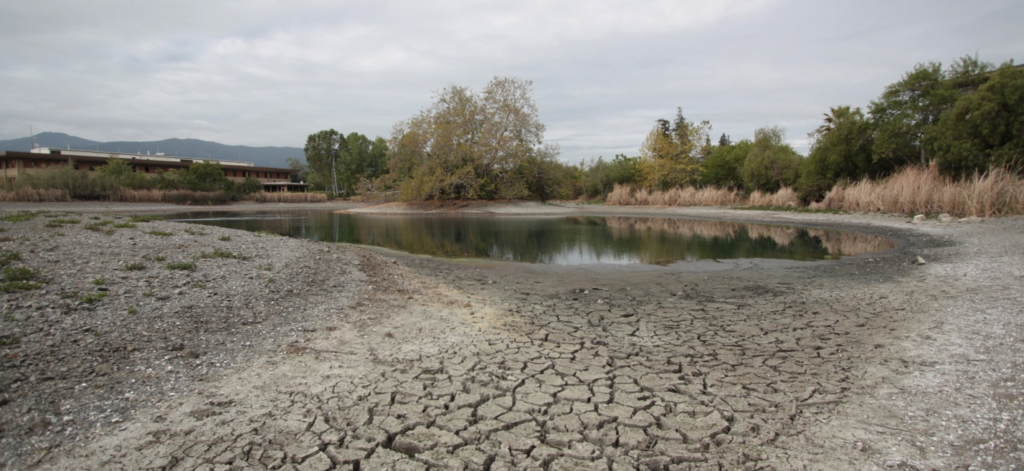
India, with its diverse climate and significant agricultural sector, frequently faces the challenge of droughts. These dry spells, often exacerbated by irregular monsoon patterns and climate change, can have severe impacts on water availability, agriculture, and daily life. Effective water storage strategies are crucial in helping communities manage and survive these challenging conditions. This article explores how strategic water storage can mitigate the effects of droughts in India, enhancing resilience and ensuring a more reliable water supply.
Understanding the Drought Challenge
Droughts are prolonged periods of deficient precipitation, leading to water shortages that can affect agriculture, drinking water supplies, and overall economic stability. In India, where agriculture employs a large portion of the population and relies heavily on monsoon rains, droughts can significantly impact crop yields and livelihoods. The effects are often compounded by rapid population growth and increased water demand.
The Role of Effective Water Storage
Enhancing Water Supply During Dry Periods
Effective water storage helps ensure that communities have access to water even when rainfall is insufficient. By capturing and storing water during periods of abundance, such as the monsoon season, communities can create reserves that can be used during dry spells. This stored water can be utilized for drinking, irrigation, and other essential needs, reducing the reliance on immediate rainfall.
Supporting Agricultural Resilience
Agriculture is particularly vulnerable to drought conditions. Strategic water storage systems, such as rainwater harvesting and reservoir construction, can provide a buffer against water scarcity. By storing water for irrigation, farmers can maintain crop production even during dry periods, mitigating the economic impact of droughts and ensuring food security.
Promoting Sustainable Water Management
Effective water storage promotes sustainable water management practices. Techniques like building check dams, creating ponds, and developing groundwater recharge systems help capture and conserve water. These methods not only provide immediate relief during droughts but also contribute to long-term water availability by enhancing groundwater levels and improving overall water resource management.
Reducing the Strain on Existing Water Resources
During droughts, existing water sources such as rivers and lakes are often overexploited, leading to further depletion. By implementing water storage solutions, communities can reduce the pressure on these natural sources, allowing them to recover and ensuring a more balanced distribution of water resources.
Improving Community Resilience
Strategic water storage empowers communities to better manage the effects of droughts. Localized water storage systems, such as household rainwater harvesting tanks or community water reservoirs, provide a safety net for communities, helping them maintain access to water even when external sources are unreliable. This resilience is crucial for both daily living and disaster preparedness.

Types of Effective Water Storage Solutions
Rainwater Harvesting
Rainwater harvesting involves collecting and storing rainwater from rooftops or other surfaces. This method can be implemented on both residential and community levels, providing a valuable supplementary water source during drought conditions. Properly designed rainwater harvesting systems can significantly reduce dependence on municipal water supplies.
Check Dams and Small Reservoirs
Check dams are small barriers built across streams or rivers to capture and store water. These structures help in recharging groundwater and preventing soil erosion. Small reservoirs can also be constructed to capture runoff and store water for future use, benefiting both agricultural and domestic needs.
Groundwater Recharge
Techniques such as percolation pits, recharge wells, and trenches help enhance groundwater levels by allowing rainwater to seep into the ground. These methods improve groundwater availability and help mitigate the effects of drought by increasing the replenishment of aquifers.
Farm Ponds and Water Storage Tanks
Farm ponds and water storage tanks can be constructed to capture and store water for irrigation purposes. These solutions are particularly useful for farmers, allowing them to maintain crop production and reduce reliance on unpredictable rainfall.
Conclusion
Strategic water storage plays a vital role in mitigating the effects of droughts in India. By enhancing water supply, supporting agricultural resilience, promoting sustainable management, and improving community resilience, effective water storage solutions provide a crucial buffer against the impacts of dry conditions. Investing in and implementing these strategies can help communities better manage water resources, ensuring a more stable and secure future in the face of drought challenges.


